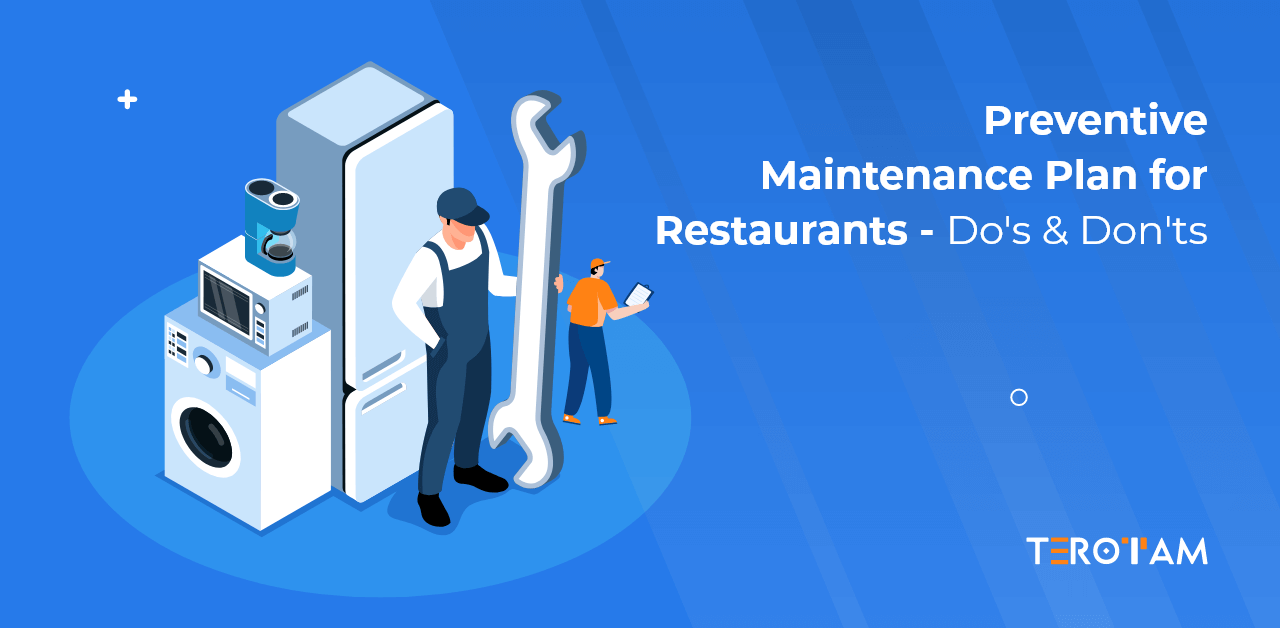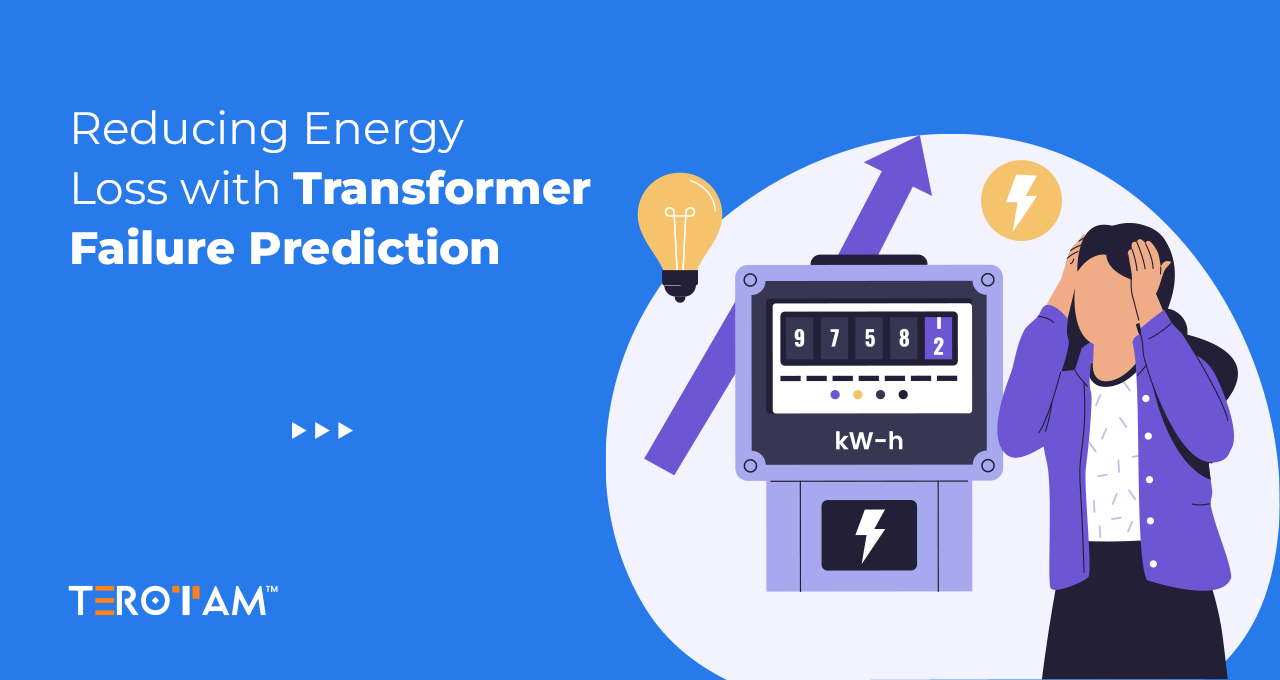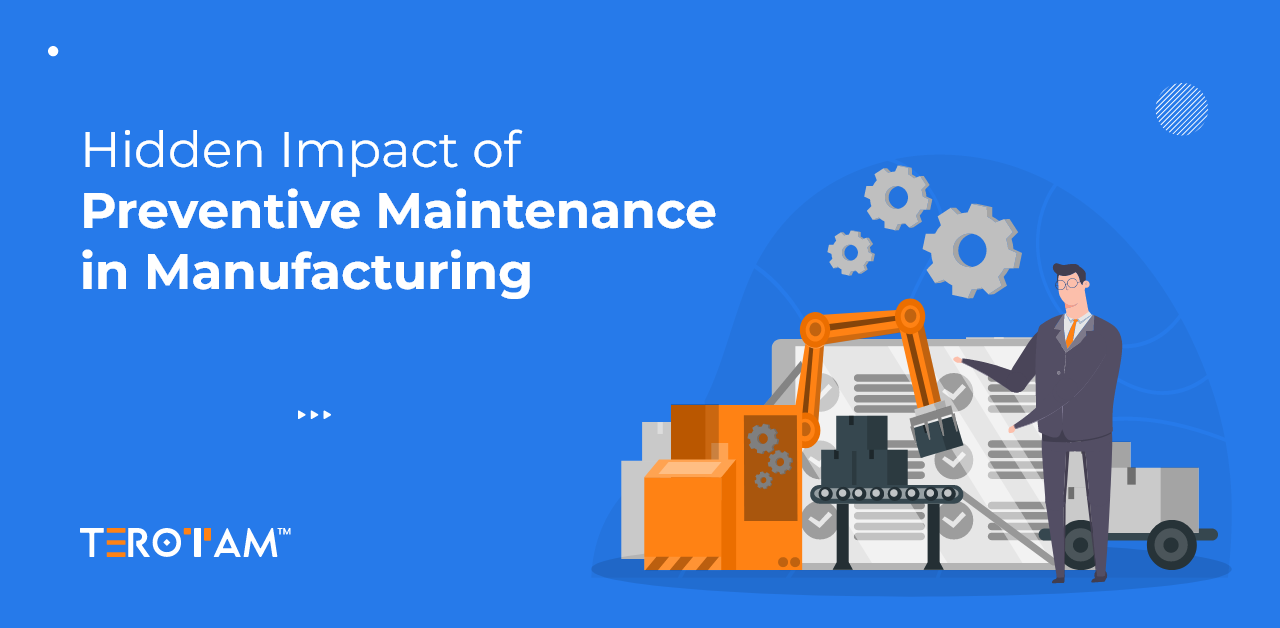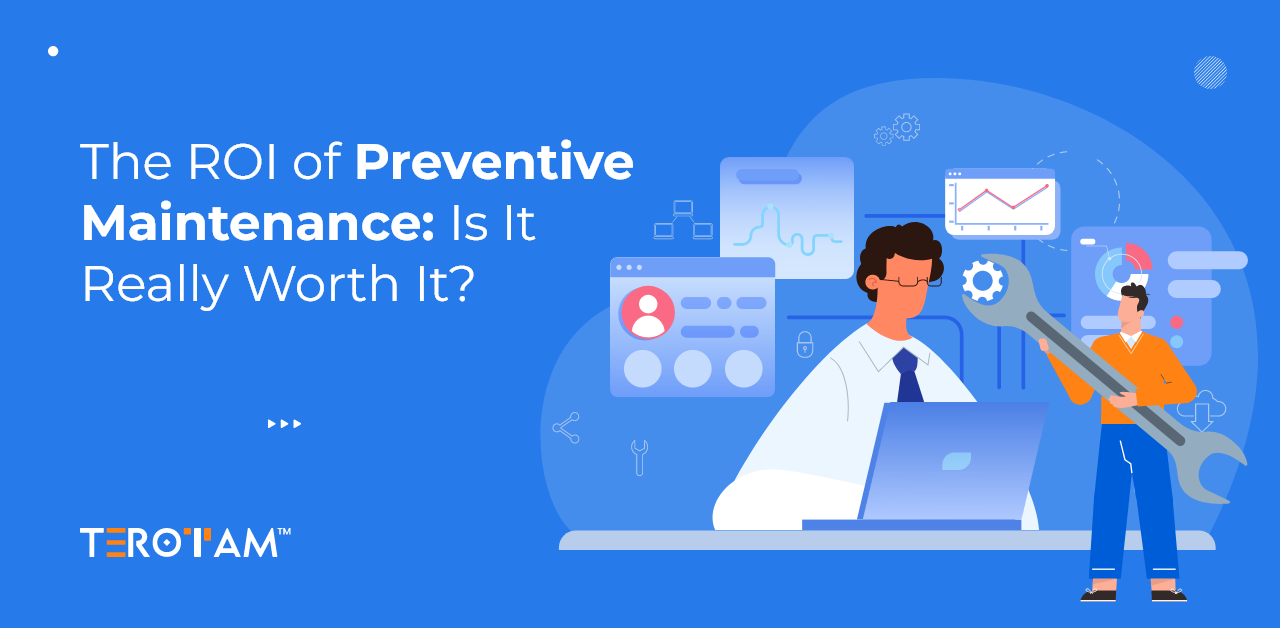Maintaining a smooth operation in a restaurant goes beyond serving delicious meals; it involves keeping every piece of equipment running efficiently. A robust preventive maintenance plan is crucial for ensuring that ovens bake perfectly, refrigerators keep ingredients fresh, and HVAC systems maintain a comfortable dining environment.
In this article, we explore the importance of preventive maintenance for restaurant businesses, do’s, don’ts, and essential components of a preventive maintenance strategy tailored for the bustling world of restaurants.
But, before going deep into the topic, let’s check out why restaurants need preventive maintenance and what does it include.
Why Do Restaurants Need Preventive Maintenance?
Preventive maintenance is a must for keeping a restaurant running smoothly and making customers happy. Restaurants depend on various equipment like ovens, refrigerators, and HVAC systems, which are constantly in use. Without regular maintenance, these essential tools can break down, leading to expensive repairs and unexpected downtime. With preventive maintenance plans in place, restaurants can catch and fix potential issues before they turn into big problems, ensuring everything runs efficiently.
Keeping equipment in good shape is also crucial for food safety. If a refrigerator fails or an oven breaks down, it can lead to food spoilage and contamination, which poses serious health risks to customers. Regular checks and maintenance help ensure that all equipment is working properly, keeping food at the right temperatures and conditions. This proactive approach not only protects customers’ health but also helps restaurants stay compliant with health regulations, avoiding fines and shutdowns.
Preventive maintenance also helps extend the life of restaurant equipment. Regular maintenance and timely repairs prevent small issues from becoming major problems that require costly replacements. This not only saves money but also helps restaurants use their resources more efficiently. With having equipment in top condition, restaurants can provide consistent service, avoid disruptions, and maintain a good reputation.
What Does a Restaurant’s Preventive Maintenance Plan Include?
A restaurant’s preventive maintenance plan is a comprehensive strategy designed to keep all equipment and facilities in top working condition. It includes a variety of scheduled tasks and inspections aimed at preventing unexpected breakdowns and ensuring smooth operations.
Here’s what a typical plan includes:
Regular Inspections:
Scheduled checks for ovens, refrigerators, HVAC systems, and more to catch potential issues early.
Cleaning and Sanitization:
Routine cleaning to maintain equipment efficiency and prevent contamination.
Scheduled Maintenance:
Tasks like filter changes, lubrication, and thermostat calibration as per manufacturer guidelines.
Staff Training:
Training on basic maintenance and reporting procedures to prevent misuse and minor issues.
Record Keeping:
Detailed logs of inspections, maintenance, and repairs to track performance and ensure compliance.
Vendor Relationships:
Maintaining partnerships with reliable vendors for timely access to parts and professional services.
What are Do’s and Don’ts of a Restaurant’s Preventive Maintenance Plan?
Ensuring your restaurant runs smoothly requires more than just great recipes—it demands a proactive approach to equipment upkeep. Following do’s and don’ts of preventive maintenance, allows you to minimize downtime, extend equipment life, and uphold the highest standards of service and safety in your establishment.
Do’s of Preventive Maintenance Plan
1. Create a Comprehensive Maintenance Schedule
- Regular Inspections: Schedule routine inspections for all kitchen equipment, HVAC systems, plumbing, and electrical installations.
- Detailed Checklist: Develop a detailed checklist for each piece of equipment to ensure all components are inspected and maintained.
- Seasonal Adjustments: Adjust your maintenance schedule based on seasonal changes that might affect equipment performance, like HVAC systems.
2. Train Your Staff
- Proper Use: Ensure all staff members are trained on the proper use of equipment to avoid unnecessary wear and tear.
- Basic Maintenance: Train staff to perform basic maintenance tasks, such as cleaning filters and checking for visible signs of wear.
- Reporting Protocols: Implement a system for staff to report any equipment issues immediately.
3. Keep Accurate Records
- Maintenance Logs: Maintain detailed logs of all maintenance activities, including dates, tasks performed, and any issues found.
- Equipment History: Keep records of each piece of equipment’s maintenance history to track performance and predict future maintenance needs.
- Compliance Documentation: Ensure all maintenance activities are documented for compliance with health and safety regulations.
4. Use Quality Parts and Services
- OEM Parts: Use original equipment manufacturer (OEM) parts for replacements to ensure compatibility and performance.
- Qualified Technicians: Hire qualified technicians for more complex maintenance tasks to ensure the job is done correctly.
- Vendor Relationships: Build strong relationships with reliable vendors for timely supply of parts and services.
5. Regularly Update Your Plan
- Review and Revise: Periodically review and update your preventive maintenance plan based on equipment performance data and feedback from staff.
- Stay Informed: Keep up-to-date with new maintenance practices, technologies, and equipment that could improve your plan.
- Adapt to Changes: Adjust your plan to accommodate new equipment or changes in your restaurant’s operations.
Don’ts of Preventive Maintenance Plan
1. Neglect Regular Maintenance
- Ignore Small Issues: Don’t ignore small issues; they can quickly escalate into major problems affecting operations.
- Skip Inspections: Avoid skipping scheduled inspections and maintenance tasks, even during busy times.
2. Delay Repairs
- Procrastinate Repairs: Don’t delay necessary repairs; timely interventions prevent more significant damage and downtime.
- Temporary Fixes: Avoid temporary fixes that don’t address the root cause of equipment issues.
3. Use Inferior Parts
- Cheap Replacements: Don’t use cheap or incompatible replacement parts; they can compromise equipment performance and safety.
- Unqualified Technicians: Avoid hiring unqualified technicians for cost savings; this can lead to improper maintenance and further issues.
4. Overlook Documentation
- Incomplete Records: Don’t keep incomplete maintenance records; thorough documentation is crucial for tracking performance and ensuring compliance.
- Forget Compliance: Avoid neglecting documentation required for health and safety inspections.
Conclusion
Whether you’re fine-tuning an existing plan or starting fresh, TeroTAM offers comprehensive CMMS solutions tailored to streamline your maintenance processes. Take proactive steps today with TeroTAM and discover how our software can optimize your restaurant’s efficiency, reduce costs, and keep your focus where it belongs—on serving great food and creating memorable experiences for your customers. To learn more, Schedule a demo with our experts or write us at contact@terotam.com








